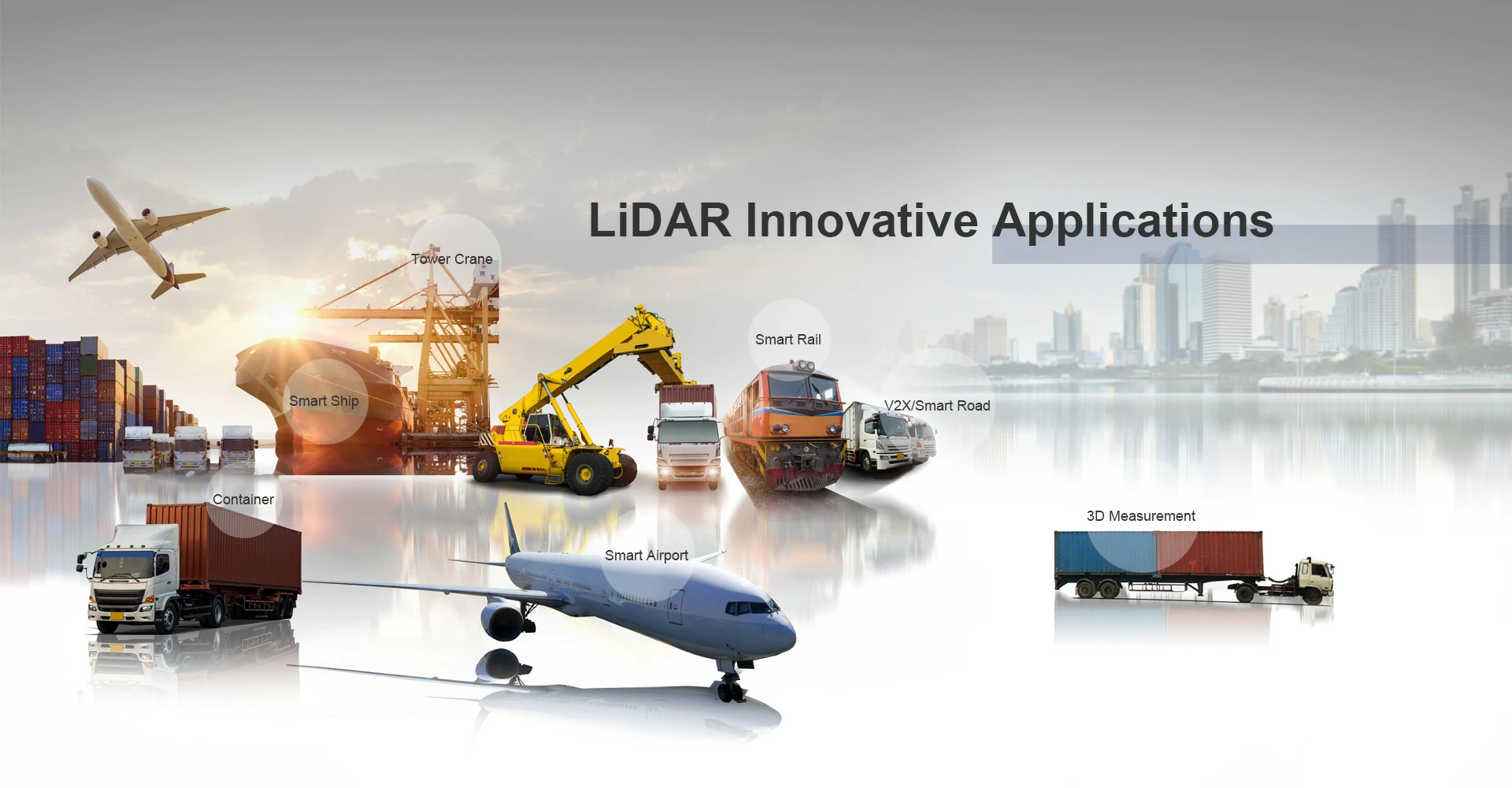How Low-cost LiDAR is Making LiDAR Technology More Accessible
Author: Release time:2023-06-02 09:05:29
LiDAR (Light Detection and Ranging) is a remote sensing technology that uses laser pulses to measure distance and create 3D point clouds of the surrounding environment. This technology has been around for decades and has been used in various industries, including forestry, archaeology, and civil engineering. However, the high cost of LiDAR sensors has limited their widespread adoption. Recently, the availability of low-cost LiDAR sensors has made this technology more accessible, opening up new opportunities for businesses and organizations to leverage its benefits.
In this blog, we will discuss how low-cost LiDAR is making this technology more accessible and how it is used in various industries.
The High Cost of Traditional LiDAR
Traditional LiDAR sensors are expensive, and the cost is often a significant barrier to entry for many businesses and organizations. These sensors are typically priced at tens of thousands of dollars, making them unaffordable for small businesses, startups, and hobbyists. This high cost has limited the adoption of LiDAR technology, preventing many organizations from leveraging its benefits.
The high cost of traditional LiDAR is due to several factors. First, the sensors are complex and require advanced technology to operate. Second, LiDAR sensors are typically used in demanding environments, such as aerospace, where they must withstand extreme temperatures and vibrations. Finally, the development and manufacturing of LiDAR sensors require significant investment in research and development.

Low-cost LiDAR Sensors
Low-cost LiDAR sensors have emerged as a viable alternative to traditional LiDAR sensors. These sensors are typically priced at a fraction of the cost of traditional sensors, making them more accessible to a broader range of businesses and organizations.
Low-cost LiDAR sensors are designed to be more affordable and accessible. They use simpler technology and are designed to be more robust, making them suitable for a wider range of applications. These sensors are often smaller and more compact, making them easier to transport and install.
One of the key advantages of low-cost LiDAR sensors is their versatility. These sensors can be used in a wide range of applications, including robotics, autonomous vehicles, drones, and smart cities. They can be used for mapping, object detection, and navigation, among other applications.
Applications of Low-cost LiDAR

Low-cost LiDAR sensors are finding applications in a range of industries. The following are some examples of how low-cost LiDAR is used:
1. Autonomous Vehicles
Inexpensive LiDAR sensors are used in autonomous vehicles to detect and avoid obstacles. These sensors are used to create a 3D map of the surrounding environment, allowing the vehicle to navigate safely. The use of low-cost LiDAR sensors has made autonomous vehicles more affordable, opening up new opportunities for businesses in the automotive industry.
2. Robotics
Inexpensive LiDAR sensors are used in robotics to improve navigation and object detection. These sensors are used to create a 3D map of the environment, allowing robots to navigate autonomously. The use of low-cost LiDAR sensors has made robotics more accessible, allowing small businesses and startups to leverage this technology.
3. Mapping
Inexpensive LiDAR sensors are used for mapping applications, such as land surveying and forestry. These sensors are used to create accurate topographic maps of the surrounding environment, allowing businesses and organizations to make informed decisions about land use and management.
4. Autonomous Guided Vehicles (AGVs)
Inexpensive LiDAR sensors are finding applications in autonomous guided vehicles (AGVs) to improve navigation and safety. These sensors are used to create a 3D map of the environment, allowing AGVs to navigate autonomously and avoid obstacles. The use of low-cost LiDAR sensors has made AGV technology more affordable, opening up new opportunities for businesses in the logistics and manufacturing industries. By using low-cost LiDAR sensors, businesses can improve efficiency, reduce costs, and ensure worker safety. As the technology continues to evolve, we can expect to see more businesses adopting low-cost LiDAR sensors in AGVs to increase productivity and profitability.
5. Agriculture
Inexpensive LiDAR sensors are used in agriculture to improve crop yield and efficiency. These sensors are used to create a 3D map of the environment, allowing farmers to identify areas of the field that require more or less irrigation, fertilizer, or pesticide. The use of low-cost LiDAR sensors has made precision agriculture more accessible, allowing farmers to improve crop yield while reducing costs.
6. Smart Cities
Inexpensive LiDAR sensors are used in smart cities to improve safety and efficiency. These sensors are used to monitor traffic, detect pedestrians, and identify hazards. The use of low-cost LiDAR sensors has made smart city technology more accessible, allowing cities to improve safety and efficiency while reducing costs.
Conclusion
Low-cost LiDAR sensors are making this technology more accessible, opening up new opportunities for businesses and organizations to leverage its benefits. These sensors are more affordable, versatile, and accessible than traditional LiDAR sensors, making them suitable for a wide range of applications. As the technology continues to evolve, we can expect to see more businesses and organizations adopting low-cost LiDAR sensors to improve efficiency, safety, and profitability.